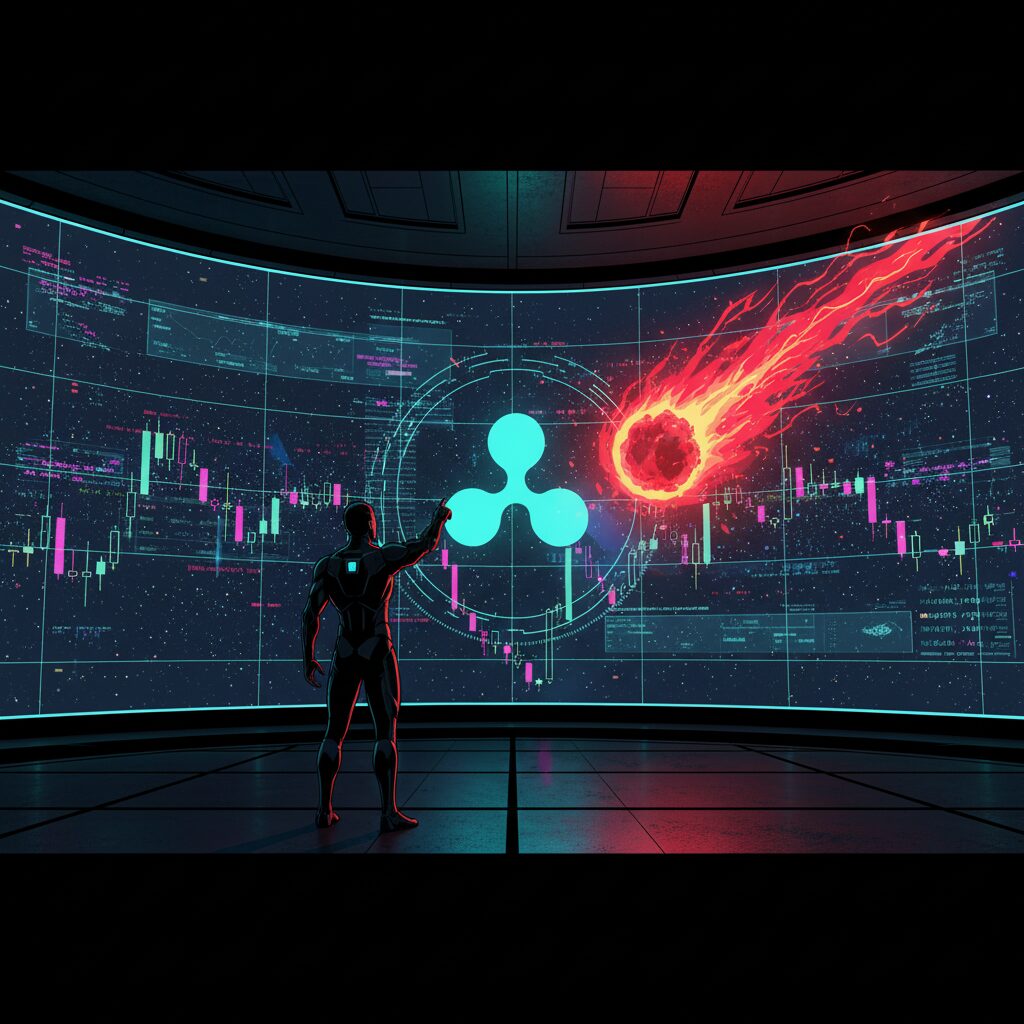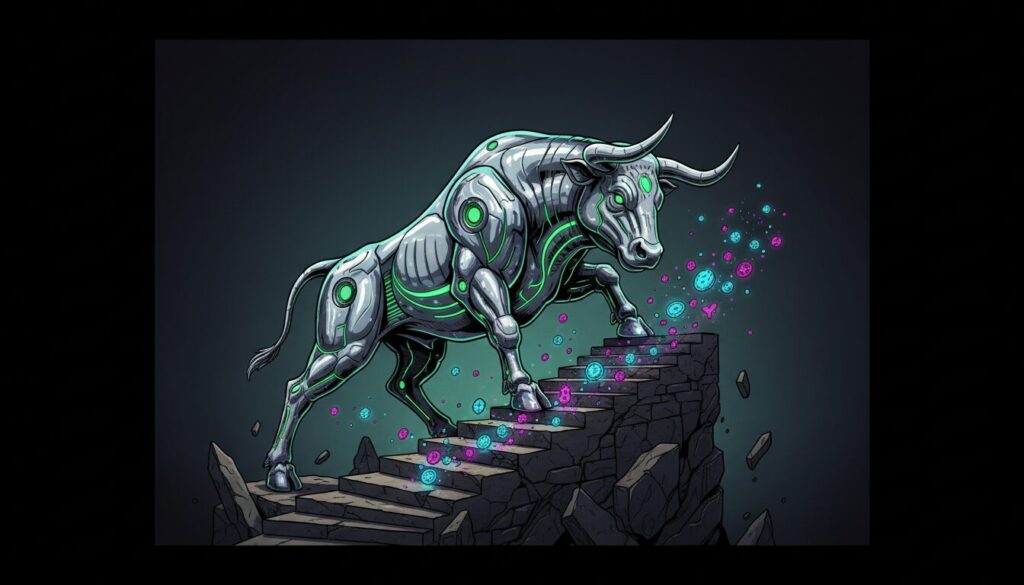Analyst Argues XRP Offers Superior Short

Market analyst Daniel Harris has outlined a case for XRP having greater upside potential than Bitcoin, particularly for retail investors looking for significant returns in the next market rally. His argument centers on the fundamental differences in market capitalization and the psychology of investing.
In a recent analysis, Harris suggested that his investment preference lies with XRP, explaining that smaller-cap assets inherently have more room for exponential growth. He noted that for an asset like XRP to double its market value is a far more achievable feat than for Bitcoin, with its trillion-dollar valuation, to accomplish the same percentage increase.
According to Harris, the sheer scale of capital required to double Bitcoin’s price is immense. In contrast, an asset with a smaller market cap can see substantial gains with a much smaller influx of investment, making it a more attractive vehicle for rapid, short-term growth during bullish market phases.
Investor Psychology and Unit Bias
This perspective is supported by commentary from Dom Kwok, co-founder of EasyA, who highlighted the psychological barriers that new investors often face with high-priced assets like Bitcoin. Kwok explained that despite the availability of fractional ownership, many newcomers are discouraged by Bitcoin’s high price per coin. There’s a tangible satisfaction in purchasing whole units of a token, which feels more substantial than owning a small fraction of a Bitcoin.
This “unit bias” continues to drive interest toward more affordable altcoins. For many, owning hundreds or thousands of XRP tokens feels like a more meaningful investment than holding 0.01 BTC, even if the dollar value is the same. This perception fuels demand for lower-priced assets, especially during periods of high market enthusiasm.
The Counterpoint: Stability and Risk
The conversation around affordability isn’t new. Coinbase CEO Brian Armstrong has previously addressed this topic, emphasizing that investors can purchase any dollar amount of Bitcoin or Ethereum, effectively removing the high unit price as a barrier to entry. However, as Harris and Kwok argue, investor perception often outweighs financial logic.
While altcoins like XRP may offer the potential for higher percentage gains, this opportunity comes with significantly greater risk. Analysts caution that assets with smaller market caps are far more volatile. A minor 5% correction in Bitcoin’s price can trigger losses of 30% to 50% in some altcoins.
This performance gap underscores the classic risk-reward trade-off. While Bitcoin has demonstrated more moderate and stable growth, altcoins can deliver stronger returns during speculative rallies but are also prone to much steeper declines in market downturns. For investors drawn to XRP’s growth prospects, careful timing and risk management are crucial.
Disclaimer: The information provided in this article is for informational purposes only and does not constitute financial advice, investment advice, or any other sort of advice. You should not treat any of the website’s content as such. Always conduct your own research and consult with a professional financial advisor before making any investment decisions.











